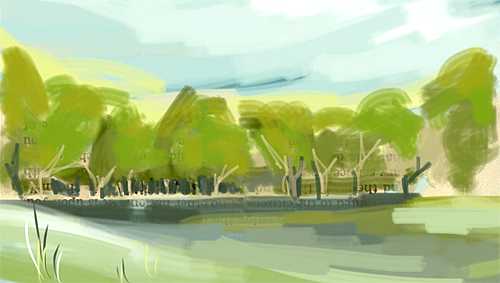
Tag: ipod sketch
_

Sunset at Lint Creek Bridge near Yachats, Oregon.
_
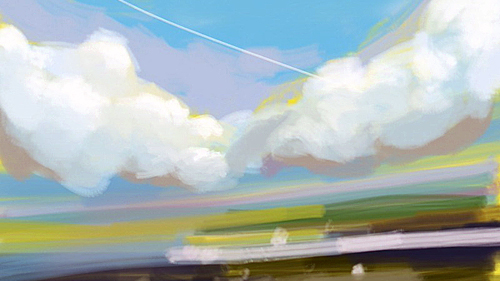
Rain clouds over French Prairie, Oregon.
_

Tin roof…
Making a Case for Mobile Color
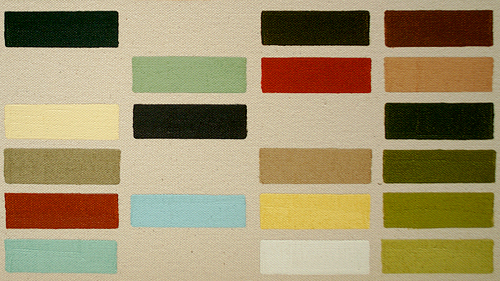
Okay, so of course no case need be made. That just sounded like a good title for this entry instead of ‘Color Loving on Your iPod’. Now, this isn’t meant to be an endorsement for iPods, iPhones, or any Apple handheld, but rather any device that has software allowing for quick mark making and color picking.
It’s one thing to talk color with a client or co-worker and clearly something else to actively collaborate with one another while using an interactive application that both parties can simultaneously view, manipulate, and have present with them so long as they have a charged battery. Enter the mobile device sketch app. Brushes, Sketchbook, Layers… It doesn’t really matter which one so long as you have a color picker and a blank canvas to make marks. This color picking ability gives value to possessing this type of software on your mobile device even if you have no intention to draw or paint on the screen. It’s really just a quick and convenient color palette to have on you at all times that lets you show color with color rather than abstractly describe color with words alone.
Orange and blue to one person may translate as salmon and turquoise in another person’s mental color palette. Nobody wants confusion on these most basic and important of design decisions and this is just one more way to avoid that. Don’t bother with Pantone chips if you don’t have to. You can always match later. And what’s that you say about the Pantone app? Well, in all honesty it’s fairly useless since the screen on an iPod/iPhone is so inconsistent with it shifting wildly red from one side and blue from the other that number matching may be just downright pointless with the current screens.
Ever hear somebody explain their uncertainty or inability to make a critical design decision by stating that they are a ‘visual person’? And, did it end up that they weren’t a visual person at all, since a visual person would be able to actually visualize using their mind’s eye rather than you laboring to provide them with twenty color swatches, endless comps, countless styleframes, and near completed designs? That’s where this mobile color picking idea comes in to provide relief from and to give you a bit more control over preliminary design decisions specifically involving color, but without the hassle of lugging pantone color chips, wasting time sourcing online imagery, or even busting out the ol’ marker bin to find the correct color and value.
Pick a color under consideration, make a mark, select another color and value, and juxtapose against the previous. Success? No? Try again. Pass it to your client. Let them explain themselves more clearly and directly on the screen, which will in the end help you help them. Too easy and convenient. It’s already in your pocket or bag, right next to your notes during your pre-pro meeting in conference room C. Oh snap, just saved you a day’s worth of reviews right there since your number one client really wanted dull yellows and greens rather than what they had initially told you and outlined on their boards.
In the end, it’s just a handy alternate use of something you may already possess, but might not be taking full advantage of. We thought it worth considering.
Here’s to color mixing and better color communications!
_
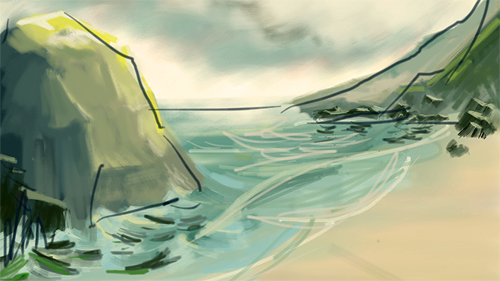

Hello Neighbor EP Animation Questions Answered
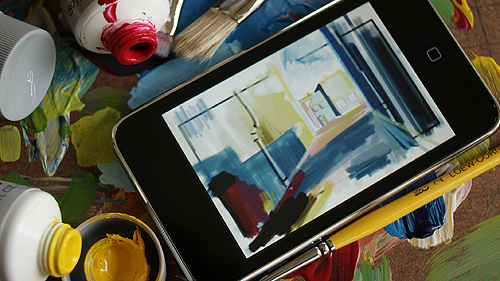
We’ve received a number of emails asking about the small animated sampler we created for our Hello Neighbor EP using apps on the iPod Touch. And so as an exercise in efficient communications, we thought it would be best to quickly answer those questions here. There aren’t really any secrets. As a wise man once said, “There’s nothing to it, but to do it.” As usual, he was right in this case as well.
A quick summary that answers a majority of the questions we’ve received:
-Frames were animated one by one the old fashioned way.
-Drawing and painting all done on the touch screen of an iPod Touch.
-Minor texture elements were imported into the frames using the ‘photo’ app.
-Layers were used along with the simple transparency slider provided for compositing.
-Layers were flattened and reimported due to limitations of the number of layers available.
-Frames were output for final Quicktime using AE for finishing and color adjustment since the apps could not do this themselves.
-File management was very time consuming and required a bit of trial and error to find the best approach.
Clearly, we did not set out to make a demo piece of what is possible using the touch interface of the iPod, but rather just set out to make a short sequence that would pair well with the short samples of audio we intended to showcase. Using neighboring locations sounded logical to us due to the album’s musical inspiration, as did sketching source materials onsite. We did not roto or over-paint location photographs. These are original location illustrations. Combine this all with our fondness for developing new work flows with new tools and this is our result.
The device has its limitations and advantages, both technically and creatively, but what and how those affect the user are probably specific to each artist and what they bring to the table.
Much time was spent just figuring out the actual file work flow. Anyone familiar with multitrack recording and mixing down tracks to make room for more will understand what has to be done when you’re working with limited layer amounts. Lots of flattening and then reimporting from the photo app to the paint app was necessary. Even just exporting the stills from the paint app to either email or for export using ‘image capture’ in osx required a modest amount of trial and error before figuring out and acclimating to the repetitive steps. Very repetitive steps.
Another common inquiry we’ve heard repeated has been, “What do you mean you created it on an iPod?” which has puzzled us a little bit. It was created on an iPod just as an animation cited as being “hand drawn” means that it was drawn by hand. The lines and paint were all created by hand. Textural elements were composited inside the device using layers and a simple ‘transparency’ slider. No secrets. The final frames were then uploaded to a desktop mac so we could assemble the final Quicktime file as we could not find an existing app that would let us collate and marry the audio on the iPod itself. Maybe in the near future on the iPad, but not when this promo was created.
Again, obviously this is in no way the limit of what is possible. This project was created to be visually simple to match with the melodically simple snippets of audio. Though, we look forward to further use of the iPod/iPhone/iPad touch interface as a tool if we believe it to be potentially useful in upcoming projects.
If you have one of these devices, are an artist, and do not currently have a paint app then you are sorely missing out. It really is a ton of fun. We promise! And, if you happen to find yourself at one of the locations rendered in the animation with your own touch-screen-paint-device and whip up a sketch… Send it along as we’d love to see ’em!